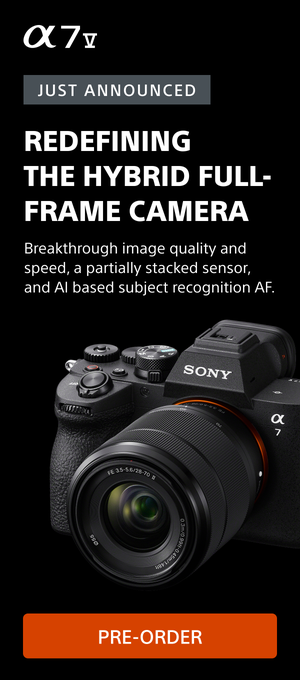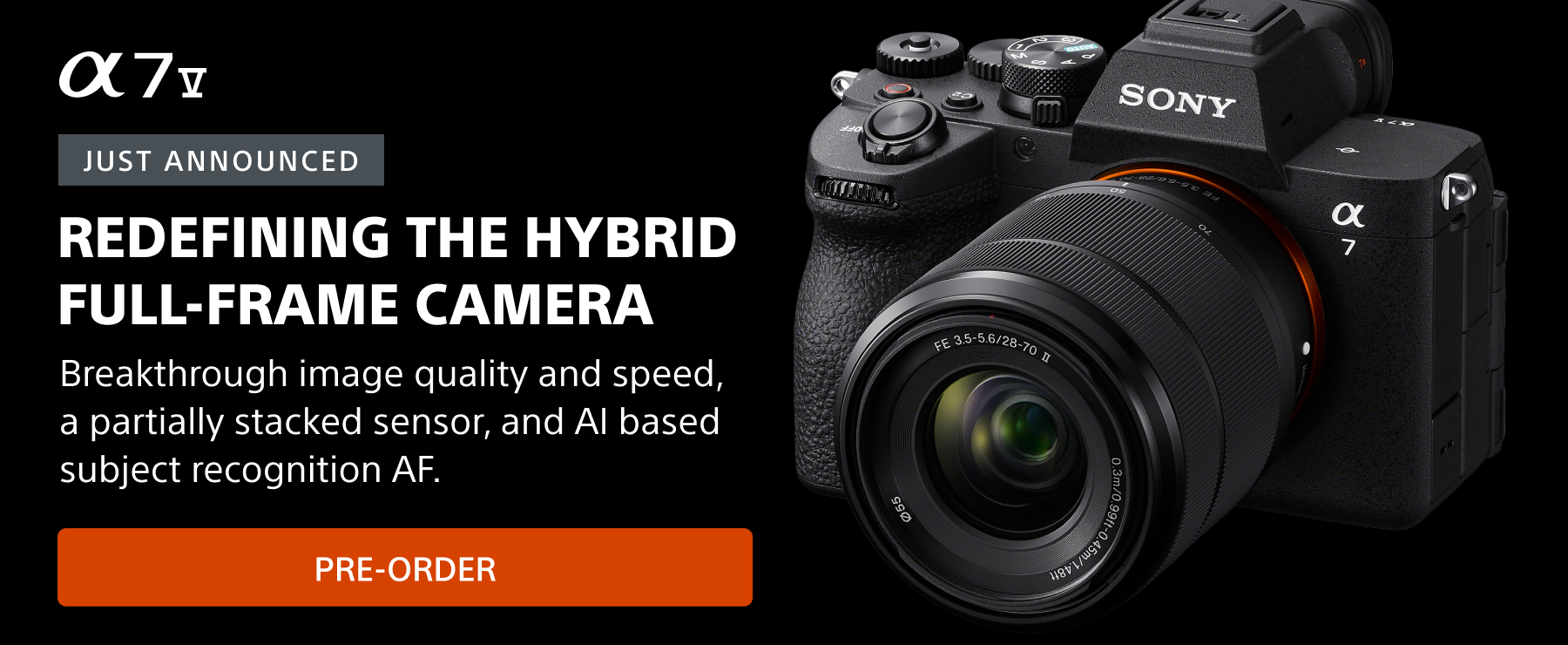Among the new tech in the Sony Alpha 1 is its 1/400-sec flash sync speed with its mechanical shutter. Although it's the world’s fastest, the flash sync hasn't received the same attention as some of the other advancements in the Alpha 1. But that kind of speed is poised to make the camera a game-changer for anyone shooting dynamic action with strobes – like sports, wedding and portrait photographers. We connected with several pros who use off-camera lighting to get their perspectives on how this new tech can change the way they create.
We talk with a group of photographers about why the new Sony Alpha 1's 1/400-sec flash sync with mechanical shutter is actually a big deal.
Veteran sports pro Patrick Murphy-Racey frequently works inside strobe-equipped arenas (and when they don't have strobes already wired, he brings his own). "The advent of the Sony α9 and α9 II really meant a total change for shooting field sports in available light settings," he explains. "Many pros who tried them are shooting in the Sony system now and have found great advantage over all other DSLR and mirrorless competitors. With Alpha 1, strobed sports like basketball, hockey, and volleyball can now enter into the picture by using the Alpha 1’s 1/400th flash sync speed with arena strobes. There has never been a better time for Alpha 1 to walk onto the court and ice with the advent of the newer and brighter LED lighting. Doubling the sync speed from 1/200th to 1/400th (1/500th in APS-C), will mean sports photographers will now have an additional stop over ambient light when using arena strobe systems found in virtually all NBA, NHL, and many NCAA arenas. Since 1982, no one has ever been successful at making a focal plane shutter sync faster than what was achieved 39 years ago. Until the Alpha 1 was announced, that is."
For portrait and sports photographer Tony Gale, flash sync comes into play when he's using a combination of daylight and strobes for his work, and its speed can have a major effect on the options he has in his photographs. “For any portrait combining natural outdoor light and strobes, having a faster sync speed will give you more creative options,” explains Gale. "The 1/400-sec. sync speed will allow me to shoot a shallower depth of field, making it easier to separate my subject from the background. Additionally, when photographing athletes or other fast moving subjects outdoors with strobe, the faster sync speed will make my images sharper by reducing or eliminating the ghosting I would otherwise get from the movement.”
Paul Gero, who also shoots portraits and sports, says that in his opinion the fast flash sync speed of the Alpha 1 is one of its biggest developments. “Yes, 50 megapixels and 30 frames-per-second is the nut graph for this camera,” says Gero, “but for me that's almost burying the lead. This fast flash sync speed is truly a leap forward for many that use off-camera flash and lighting, like portrait and wedding shooters.”
He continues, “I call this ‘The Getty Camera’ because I think this might be the camera that gets Getty to switch from using Canon or Nikon to using Sony. They shoot a ton of indoor sports such as the NBA and NHL, and they still prefer to shoot strobes. Canon and Nikon sync at 1/250-sec. with their flagship cameras, and the Sony α9 II only synched at 1/200-sec. Now that the Alpha 1 came out, it went far better than the 1/250-sec that we had hoped. Now it’s 2/3 faster than that and one full stop faster if you use APS-C! That is HUGE. It’s also really important on a much smaller level for portrait and wedding photographers because that faster sync speed allows them to use smaller and less powerful strobes to do the same effective job as a high watt-second strobe since the shutter is giving them an extra stop or more of ambient light reduction.”
Why not just use High Speed Sync? Well you can, but Gero points out the constraints that this puts on your shooting. “It is true you can use High Speed Sync, but it has huge limitations — the higher your shutter raises, the less powerful the strobe. By keeping the flash out of HSS mode you effectively get to use all those precious watt seconds to balance or in some cases overpower the ambient light. If you need a working aperture of f/5.6 or f/8 outside, it is almost impossible to pull that off with HSS.”
Award-winning professional portrait photographer Brian Smith shoots all of his portraits with flash, and so he knows just how critical a fast sync speed can be. "A fast sync speed is important for two reasons," explains Smith. "One, it allows you to eliminate ghosting with moving subjects. And two, it allows you to darken the ambient exposure relative to the flash exposure."
"All my portraits are shot with flash," says Smith. "When shooting outdoors in bad light, I like to overpower ambient exposure with flash. You can either increase the flash output or cut the shutter speed. Raising the sync from 1/250-sec. to 1/400-sec. allows you to create the same light balance with 2/3 of a stop less flash output, so it’s like boosting a 500 watt/second flash to 800 w/s. Don’t confuse this with High Speed Sync since HSS only uses a small portion of the flash output, meaning you’re throwing away a lot of the light. Sony Alpha 1’s 1/400-sec. flash sync uses the full flash output."
Professional wedding and portrait photographer Robert Evans likes to use a pop of light/flash on his subjects to help brighten their faces and make the color in their clothing pop. “The ability for my camera to sync at 1/400-sec. is a huge benefit when working outdoors at weddings or when photographing a family portrait, as it allows me to use flash without blowing out the highlights of the sun,” explains Evans. “When I am using flash outside in the open shade photographing portraits at a wedding or a family session, I do not like my images to look like I used a flash. Too much flash outside can make your images look fake and make your subjects look like they are on a fake background or have a green screen effect. I want my images to look like I have only used natural light. Having the ability to shoot at 1/400-sec. allows any sunlight captured in the background on my images to not be blown out while allowing me to set my flash usually about two stops under my exposure in camera.”
He continues, “For example, at 400 ISO outside under a tree in the open shade, the exposure on the face should be approximately 1/400-sec. at about f/5.6 with a nice open blue sky window. However, if I want to photograph my bride with an f/1.8 aperture on my lens in order to get a shallow depth of field and blur out the background a bit, and use flash to pop a small about of light on her face, I would first need to lower my ISO by about three stops. My exposure would now be roughly 100 ISO with a 1/400-sec shutter speed and f/1.8 aperture. Shooting at 1/400-sec. helps to not blow out the highlights of the sun I may have in the background of my image. I would set my flash at -2.0 stops to add a wink of light to her face and clothes. The ability to have my camera sync with my flash at 1/400-sec. is a big advantage in this situation.”



